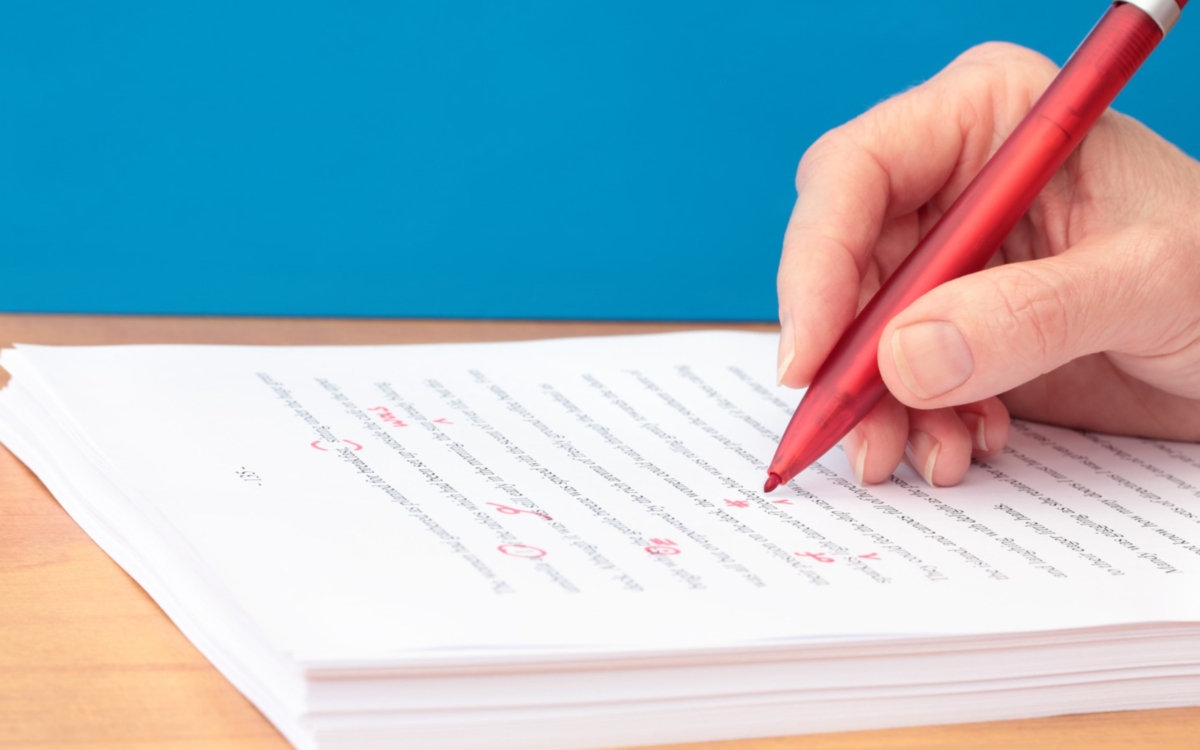Dissertation Editing and Proofreading
Dissertation editing and proofreading are essential final steps in transforming your research into a polished academic document ready for submission, publication, or defense. No matter how original your ideas are or how thorough your research, clarity and precision in presentation make all the difference.
At DissertationFlow.com, we understand the importance of refining every detail. This guide takes you through 7 powerful steps to help you present your dissertation in its best possible form.

Discover 7 powerful steps to transform your dissertation with expert editing and proofreading. Make your submission flawless, clear, and academically polished.
Step 1: Understand the Value of Dissertation Editing and Proofreading
Step 2: Identify Common Errors in Dissertation Drafts
Step 3: Structural Editing – The Foundation
Step 4: Language, Style, and Academic Tone
Step 5: Proofreading for Grammar and Precision
Step 6: Formatting, Citations, and Consistency
Step 7: Choose the Right Editing Partner
Final Thoughts
Step 1: Understand the Value of Dissertation Editing and Proofreading
Your dissertation is more than a paper—it’s a culmination of years of learning, research, and writing. Dissertation editing and proofreading ensure your hard work isn’t diluted by grammar issues, formatting inconsistencies, or unclear arguments.
Why It Matters:
A polished manuscript makes a strong first impression.
Clear language ensures your arguments are understood.
Proper formatting demonstrates attention to detail.
Error-free content enhances academic credibility.
It reduces the stress of last-minute corrections.
Step 2: Identify Common Errors in Dissertation Drafts
Most drafts contain recurring problems that weaken their impact:
Structural confusion (methods placed before the literature review)
Overused phrases (“this study aims to…”)
Missing or incorrect citations
Cluttered figures and tables
Inconsistent fonts, spacing, and styles
Grammar and punctuation mistakes
Recognizing these helps you understand how dissertation editing and proofreading services address them systematically.
Step 3: Structural Editing – The Foundation
A strong structure makes your research easy to navigate and persuasive to your readers. Structural editing focuses on:
Reorganizing content for logical flow
Combining overlapping sections
Strengthening transitions between chapters
Ensuring coherence from introduction to conclusion
It’s the foundation of a well-constructed dissertation.

Step 4: Language, Style, and Academic Tone
Your dissertation must reflect an academic tone while maintaining readability.
What Language Editing Includes:
Eliminating repetition and wordiness
Using consistent terminology across chapters
Converting passive voice to active (where appropriate)
Enhancing clarity and fluency in every sentence
A well-edited dissertation reads smoothly and professionally—qualities that impress examiners and journal editors alike.
Step 5: Proofreading for Grammar and Precision
Proofreading is the fine-tuning stage. It focuses on:
Spelling and grammar corrections
Proper punctuation (commas, colons, hyphens)
Sentence structure and subject-verb agreement
Removing typos and formatting inconsistencies
We recommend using tools like Grammarly for an initial pass, but nothing replaces a human proofreader’s precision.
Step 6: Formatting, Citations, and Consistency
Universities expect strict adherence to style guides like APA, MLA, Chicago, or Harvard. Our editors ensure:
In-text citations match the reference list
Tables and figures are properly labeled and formatted
Font sizes, margins, and heading styles are consistent
Lists, bullet points, and numbering follow institutional rules
For citation formatting guidance, refer to the APA Style Manual.
Step 7: Choose the Right Editing Partner
Selecting a reliable dissertation editing and proofreading service is crucial. Here’s what to look for:
Qualified Editors: Ensure editors have MA, MSc, or PhDs.
Subject Expertise: Match editors to your field (sciences, humanities, social sciences).
Service Scope: Full service should include structural editing, content review, citation checks, and proofreading.
Turnaround Time: Choose flexible timelines (standard or urgent).
Revision Policy: At least one or two revision rounds should be included.
Data Security: Your work must remain private and protected.
You can also check out our academic content support at Writers24x7.com, where we help with general writing, proposals, and coursework.
Your dissertation reflects years of dedication. Before submission, make sure it reflects excellence in both content and presentation. Dissertation editing and proofreading services turn a rough draft into a submission-ready document that meets academic standards and makes your research stand out.
Whether you’re preparing for your viva or seeking publication, these 7 powerful steps will give you the clarity, confidence, and polish you need to succeeded
For more writing help and custom academic content, visit our partner site Writers24x7.com.